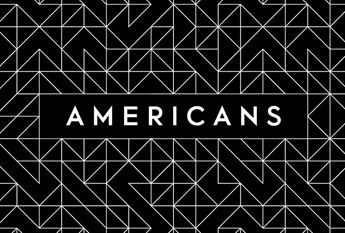

Changing How We Talk About the Civil Rights Movement
Clarence Lang is Dean of the College of Liberal Arts at Penn State University
Domestic workers, laborers, unemployed youth, public housing tenants and other grassroots foot soldiers – largely working class, female, or both – did the daily work of the Civil Rights Movement. Where are their stories?
Rethinking the Narrative of the Civil Rights Movement
For nearly two decades, scholars in the field of Civil Rights Studies have challenged popular narratives about the movement. Among other things, they have reassessed such questions as who led and participated in the movement, where it occurred, when it occurred, and what it aimed to accomplish.
In contrast to the standard narrative in which the movement was led by Baptist ministers, lawyers, and other members of the respectable black middle class, contemporary historians have turned their attention to the central role played by domestic workers, common laborers, unemployed youth, public housing tenants and other grassroots foot soldiers – largely working class, female, or both – who did the daily work of the movement. Similarly, scholars have shifted from a nationally focused perspective to more regional and local narratives that disrupt assumptions about the singular leadership of individuals like Martin Luther King, Jr., or even the presidencies of Dwight Eisenhower, John F. Kennedy and Lyndon B. Johnson.
This approach also allows us to highlight the diverse civil rights struggles that occurred across the nation in cities like Kansas City, Lawrence, Topeka, Wichita, Detroit, Chicago, New York, Seattle, and Los Angeles, in addition to more familiar locations like Birmingham, Alabama, or the Mississippi Delta. Given that communities waged civil rights battles in the Northeast, Midwest, Great Plains, and the West, as well as in the South, we have to more closely consider the movement’s wide-ranging demands, and how they extended both before and after the “classical” 1954-1965 time period typically used to identify the civil rights movement. More specifically, our periodization schemes have to incorporate the modern movement’s origins in the 1930s, not to mention its continuing legacies in such forms as “Black Lives Matter” or the “Fight for 15” dollars an hour and a union among food service workers.
Viewed from this perspective, the movement’s demands have encompassed not only access to lunch counters and other public accommodations, but also better employment and economic opportunities; not just the right to vote, but also the ability to exercise the franchise meaningfully; not only educational equity, but also equitable health care; not simply open and fair housing, but also the ability to substantively shape urban planning and development policies; and not just an abstract principle of equal protection under the law, but also concrete policies to curb police misconduct and abuse. Indeed, prominent scholars like Clayborne Carson have suggested that because the scope of the movement’s goals over time were larger than the quest for narrow civil rights, we should redefine it in broader terms as the “black freedom movement.”
These views do not necessarily reflect those of Humanities Kansas, its board of directors, or staff.
Spark a Conversation
- What Happened to the Civil Rights Movement After 1965? Don't Ask Your Textbook.
- How Do You Teach the Civil Rights Movement — NPR
- "The Long Struggle for Civil Rights and Black Freedom (Opening Roundtable)" (video)
- "K-12 Educators Workshop: The Long Civil Rights Movement – with Carol Anderson and Brenda Santos" (video)
- “Jacquelyn Dowd Hall on Civil Rights” (video)
- How Do You Teach the Civil Rights Movement? — New York Times
- How the Civil Rights Movement Embodied a Time of Change — PBS
- The Long Civil Rights Movement Initiative



